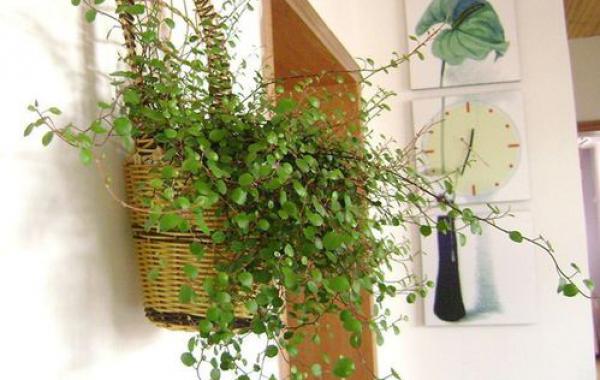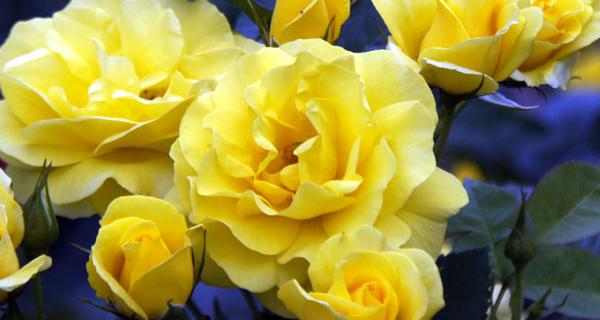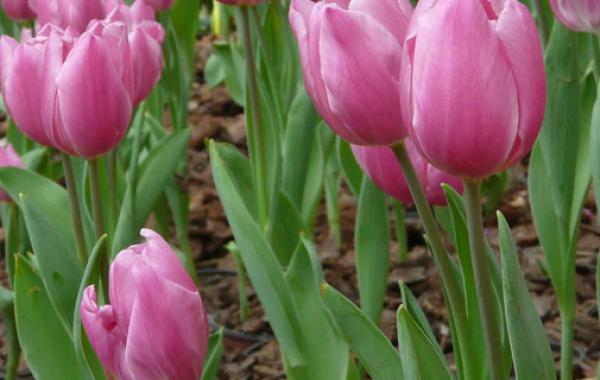What are the formaldehyde-absorbing flowers and plants suitable for home planting after indoor decoration?

Formaldehyde has a pungent smell, low concentration can smell, the newly decorated room formaldehyde content is higher, is the main cause of many diseases. Long-term and low concentration exposure to formaldehyde will cause headache, dizziness, fatigue, sensory disturbance, decreased immunity, drowsiness, memory loss or neurasthenia, and depression; chronic poisoning can also cause great harm to the respiratory system. Long-term exposure to formaldehyde can cause respiratory dysfunction and liver toxic lesions, such as hepatocyte injury, liver radiation energy abnormality and so on.
Formaldehyde is very harmful to people's health. I believe many people have concerns about what plants can absorb formaldehyde after decorating the house. This article summarizes the top ten plants that absorb formaldehyde, tells you what plants absorb formaldehyde, and recommends some plants suitable for domestic cultivation.
Steps / methods
Hanging orchid
Characteristics: easy to breed, strong adaptability, one of the most traditional indoor hanging plants. Its leaves are slender and soft, and small plants are drawn from the axils of the leaves, hanging from the basin, stretching and hanging, like flowers, evergreen all the year round.
Efficacy: it can absorb more than 80% of the harmful gases in the room, and has a strong ability to absorb formaldehyde. The general room raises 2 pots of hanging orchid, the poisonous gas in the air can be absorbed, so the hanging orchid also has the laudatory name of "green purifier".
Ivy
Characteristics: is the most ideal indoor and outdoor vertical greening varieties, evergreen vines, thin and soft branches, aerial roots, can climb on other objects. The leaves are alternate, the leaves are triangular-ovate, and the demand for potted plants is increasing day by day. Its typical negative plant can grow in full light, grows well in warm and humid climates, and is not hardy.
Efficacy: robbers remove formaldehyde. Can break down two harmful substances, namely formaldehyde in carpets, insulating materials, plywood and xylene, which is harmful to the kidneys hidden in wallpaper.
Aloe
Characteristics: perennial evergreen succulent plant, short stem nodes, erect, thick leaves, succulent, lanceolate. Like warm, dry climate, cold resistance is not strong, not shade-resistant.
Efficacy: it is not only good at absorbing formaldehyde, but also has strong medicinal value, such as sterilization and cosmetic effect. At present, many potted varieties have been developed, which have a strong ornamental property and can be used to decorate the house.
Tequila
Characteristics: perennial evergreen plants, tall plants, leaves gray-green or blue-gray, leaf margin spiny, flowers yellowish green. Like a warm, well-lit environment with strong drought tolerance.
Efficacy: this plant is also good at absorbing formaldehyde. In addition, it can be used to make wine, and the tequila prepared with it is very famous.
Green pineapple
Characteristics: Araceae plants of the genus Colocasia, belonging to climbing vines and foliage flowers. Sexual preference for warm, humid environment, rattan up to several meters long, internodes have air root, leaves will grow bigger and bigger, leaves each other, evergreen. The stem of the radish is soft and the leaves are delicate.
Efficacy: this kind of plant is very good at absorbing formaldehyde, and it has high ornamental value. The vine stalks droop naturally, which can not only purify the air, but also make full use of the space, adding lively lines and bright colors to the rigid cabinet.
Fulang flower (also known as African chrysanthemum)
Characteristics: Compositae perennial root herbs, large flower diameter, rich flowers and colors, often blooming all the year round. Like warm, sunny and well-ventilated environment, is a semi-cold-resistant flowers, like fertile, loose, humus-rich sandy loam.
Efficacy: this plant is not only good at absorbing formaldehyde, but also has a strong ornamental, there are many varieties can be used for cut flowers.
Chrysanthemum
Characteristics: perennial perennial herbaceous flowers, traditional varieties in China. Stem erect or semi-trailing, pilose on stem, much branched. Simple leaves alternate, leaf margin serrated, flowers for the head, born at the top of the stem, rich flowers, flowers of various colors.
Characteristics: chrysanthemums can break down two harmful substances, namely, formaldehyde in carpets, insulation, plywood and xylene, which is harmful to the kidneys hidden in wallpaper. Not only that, it also has a strong ornamental, potted varieties or land flowers have a lot to choose from. In addition, its petals and rhizomes can also be used as medicine.
Begonia
Characteristics: perennial evergreen herbs and flowers. Its flower color is gorgeous, the flower shape is colorful, the leaf color is tender and tender and green. Sex likes a warm, moist, shady environment, afraid of bright light, and requires sandy soil with good drainage.
Efficacy: it not only absorbs formaldehyde, but also flowers, leaves, stems and roots can be used in medicine. It has the effects of clearing heat and detumescence, promoting blood circulation and dispersing blood stasis, cooling blood to stop bleeding, regulating menstruation and relieving pain, and can treat sore throat, hematemesis, irregular menstruation and gastric ulcers. And it has a good edible effect.
Tiger tail orchid
Characteristics: the leaves are clustered, the sword leaves are just erect, the leaves are full-rimmed, and the surface is milky white, yellowish and dark green, showing transverse stripes. Common family potted varieties, resistant to drought, like warm sunshine, but also resistant to shade, avoid waterlogging.
Efficacy: it can absorb more than 80% of the harmful gases in the room, and has a strong ability to absorb formaldehyde.
Commelina communis
Characteristics: Commelina vulgaris is an evergreen plant with strong growth, smooth stems and leaves, creeping branches on the stem base and oblique upper branches, often rooting at nodes. Leaf blade lanceolate to ovate-lanceolate, flowers dark blue. Sex likes warm, moist, shady and ventilated environment, loose and fertile soil.
Efficacy: this kind of plant is not only a good hand at absorbing formaldehyde, but also a good indoor foliage plant. It can be arranged with several windowsills or placed in a shady place. At the same time, the plant can also be used as medicine, with the effect of clearing heat and purging fire, detoxification, and can also be used for sore throat, venomous snake bite and so on.
Related
- What if the leaves of potted flowers turn yellow?
- Florescence Control of several Flowers
- Anti-freezing technology and post-freezing nursing technology of flowers
- What is the classification of flowers? What are the common methods of flower classification?
- Prevention and control of alkali and acid damage of flowers in courtyard
- Technology of Anti-freezing and restoring growth of Flower seedlings in greenhouse and greenhouse
- How does flower fertilization not hurt the root? Fertilization technology of flowers
- Key points of disinfection in flower greenhouse
- Several pesticides that are banned or used cautiously in flowers
- How to fertilize the flowers that watch the leaves?



